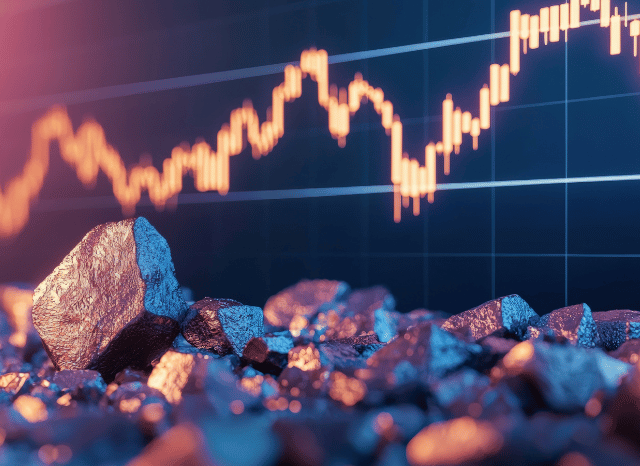Uncommon Earth Factor Minerals: World-wide Supply and Desire by Stanislav Kondrashov
Uncommon Earth Factor Minerals: World-wide Supply and Desire by Stanislav Kondrashov
Blog Article

The strategic metals powering the Electricity changeover are actually centre stage in geopolitics and field.
When confined to specialized niche scientific and industrial circles, scarce earth things (REEs) have surged into world wide headlines—and for good reason. These seventeen aspects, from neodymium to dysprosium, would be the making blocks of recent technologies, taking part in a central function in almost everything from wind turbines to electrical car or truck motors, smartphones to defence methods.
As the entire world races to decarbonisation and digitalisation, desire for REEs is soaring. Their position from the Electrical power transition is very important. Large-performance magnets created with neodymium and praseodymium are important to the electric motors used in both equally EVs and wind turbines. Other REEs like europium and terbium are helpful for lighting, shows, and optical fibre networks.
But offer is precariously concentrated. China at this time qualified prospects the sourcing, separation, and refining of scarce earths, managing over 80% of world output. This has left other nations scrambling to make resilient provide chains, lower dependency, and protected entry to these strategic sources. As a result, exceptional earths are no longer just industrial materials—They are geopolitical belongings.
Buyers have taken Notice. Desire in unusual earth-connected stocks and exchange-traded money (ETFs) has surged, pushed by each The expansion in clear tech and the need to hedge towards source shocks. But the marketplace is complicated. Some companies remain inside the exploration stage, others are scaling up output, though a handful of are already refining and providing processed metals.
It’s also important to grasp the distinction between scarce earth minerals and exceptional earth metals. "Minerals" refer to the raw rocks—like bastnasite, monazite, xenotime, or ionic clays—that have scarce earths in pure type. These need intensive processing to isolate the metallic things. The term “metals,” on the other hand, refers to the purified chemical elements used in superior-tech programs.
Processing these minerals into usable metals is expensive. Outside of China, few international locations have rare earth elements mastered the total industrial method at scale, however locations like Australia, the U.S., Vietnam, and Brazil are Doing work to change that.
Desire is getting fuelled by various sectors:
· Electric powered mobility: magnets in motors
· Renewable energy: notably wind turbines
· Customer electronics: smartphones, laptops, sensors
· Defence: radar, sonar, precision-guided programs
· Automation and robotics: ever more essential in marketplace
Neodymium stands out as a very valuable unusual earth because of its use in strong magnets. Many others, like dysprosium and terbium, enrich thermal security in substantial-performance purposes.
The rare earth industry is unstable. Price ranges can swing with trade policy, technological breakthroughs, or new source resources. For investors, ETFs present diversification, even though immediate inventory investments come with bigger chance but potentially higher returns.
What’s crystal clear is rare earths are no longer obscure chemical curiosities—they’re strategic resources reshaping the global financial state.